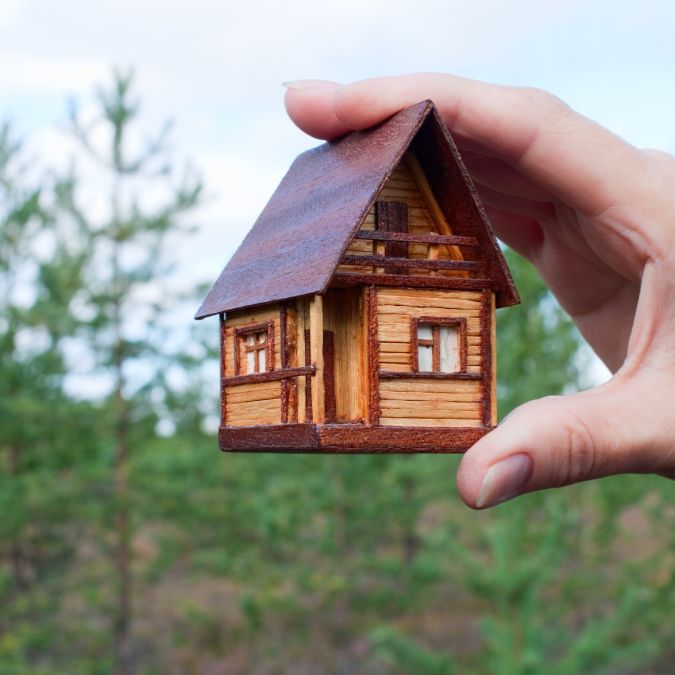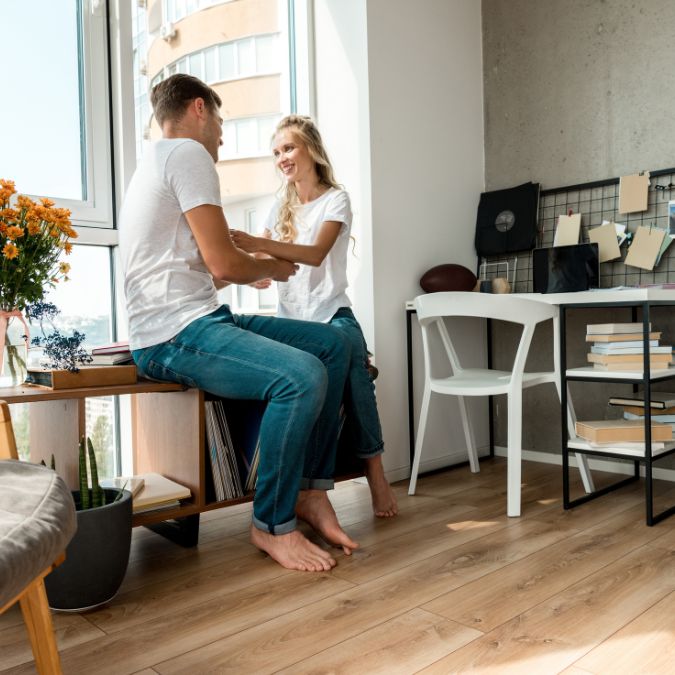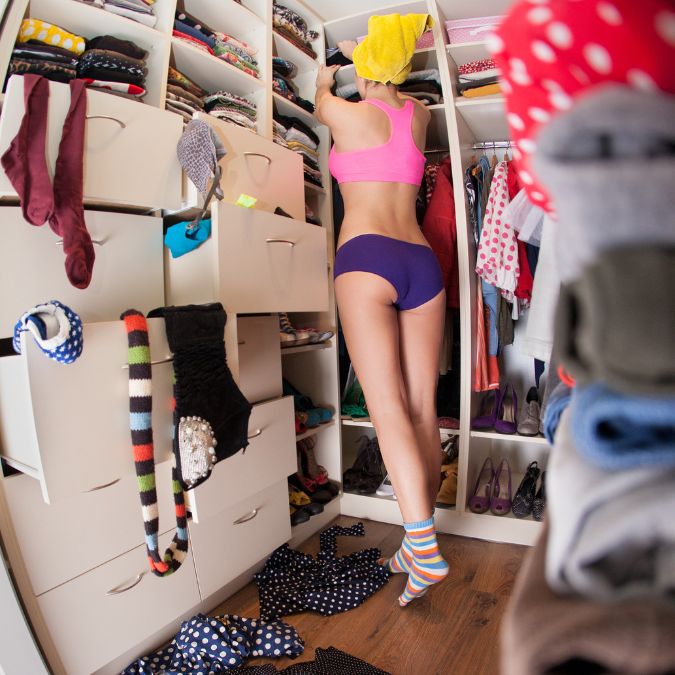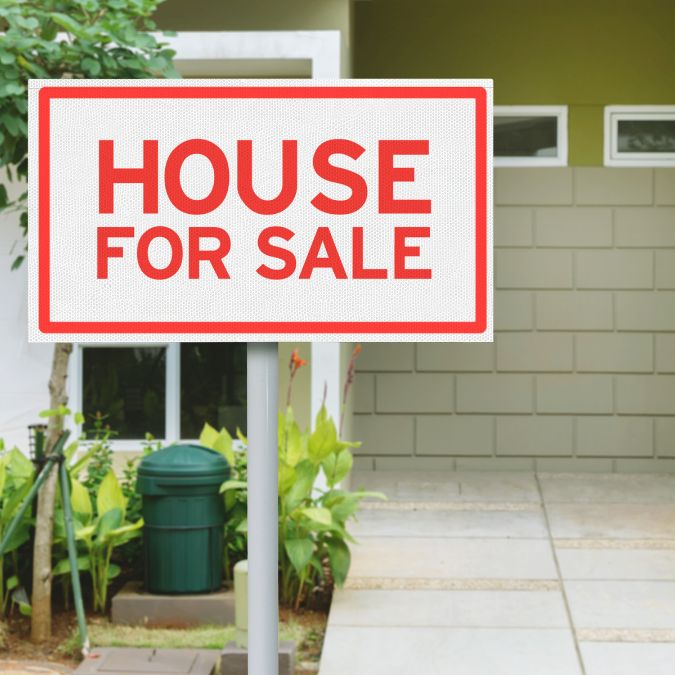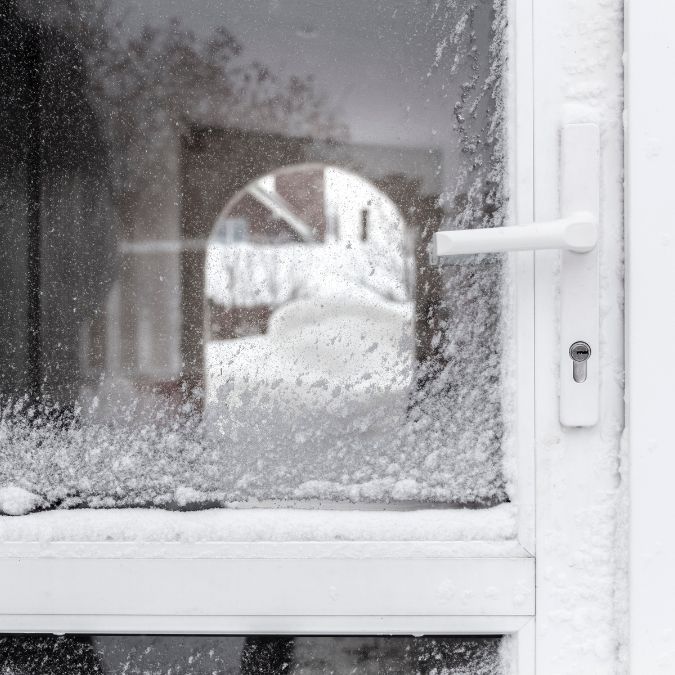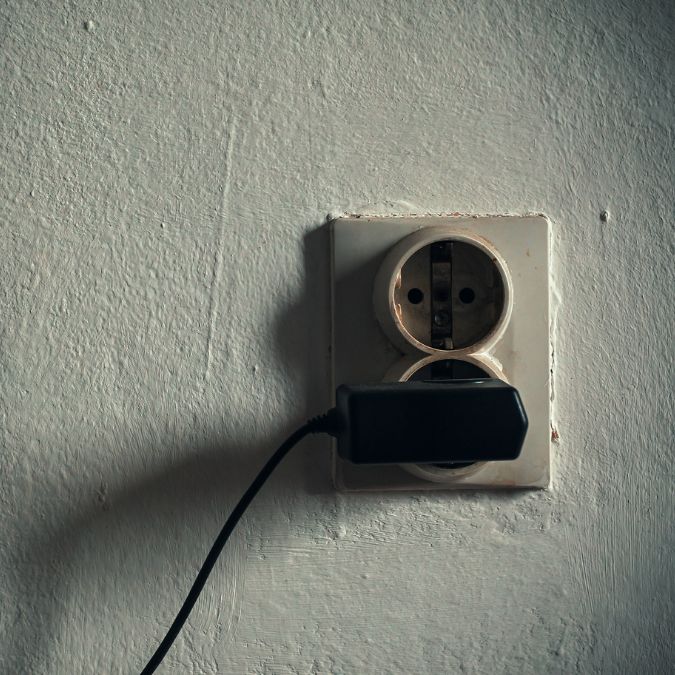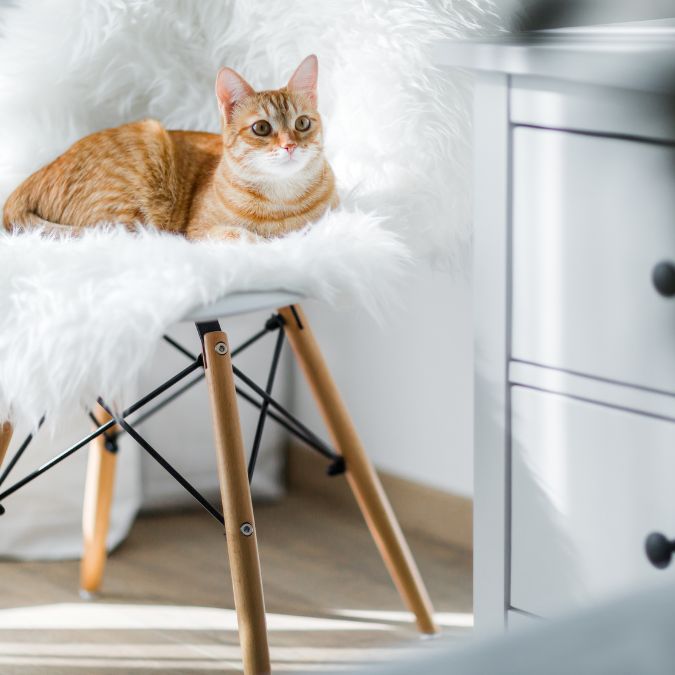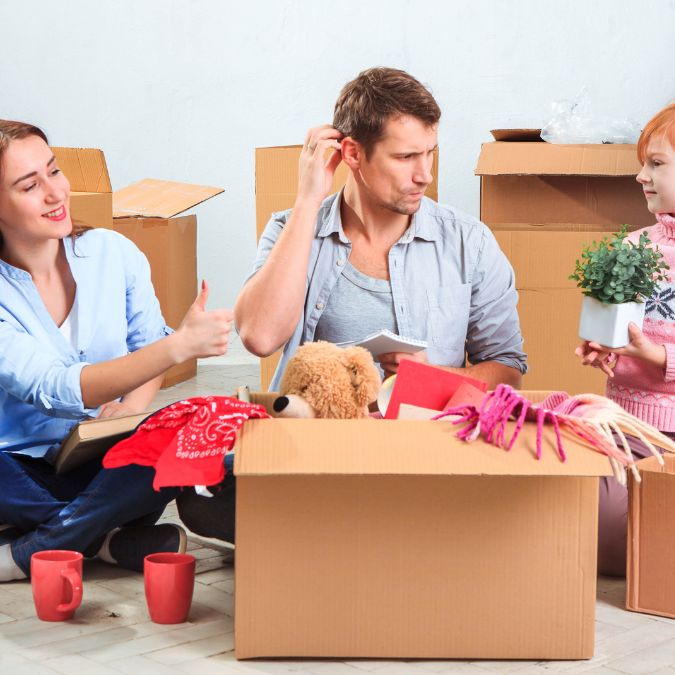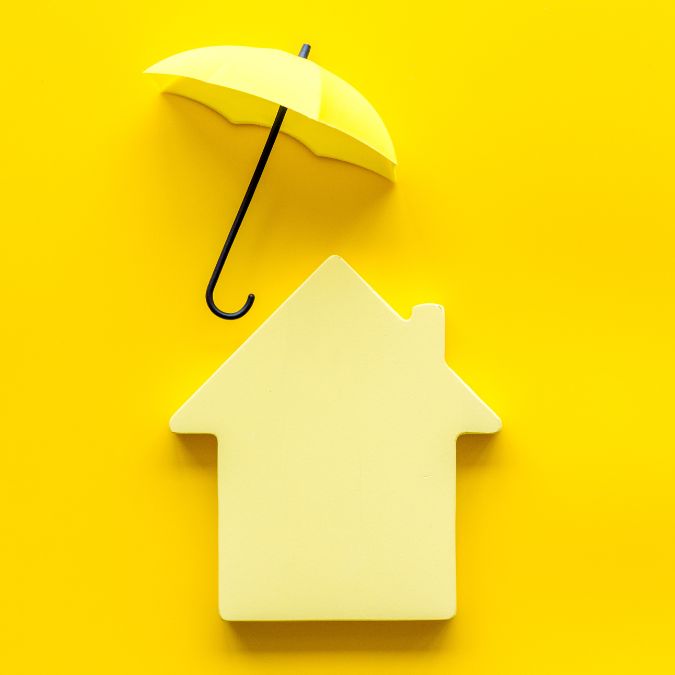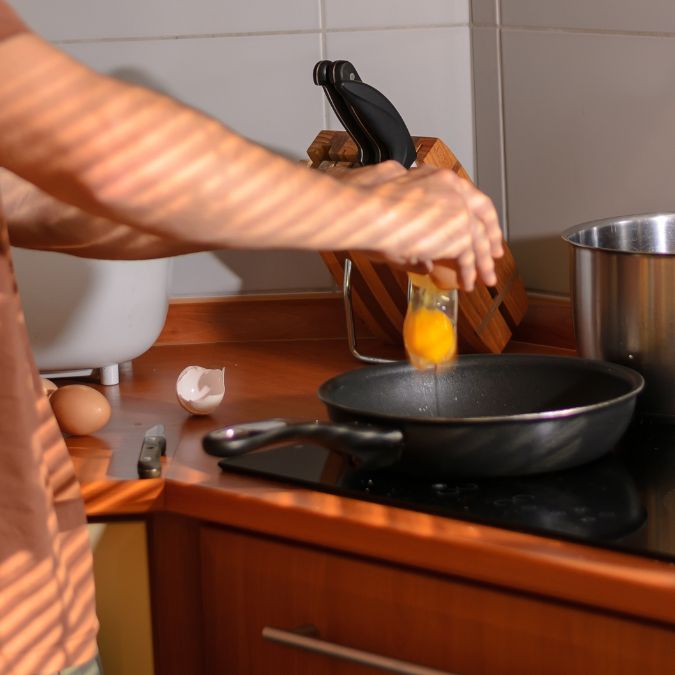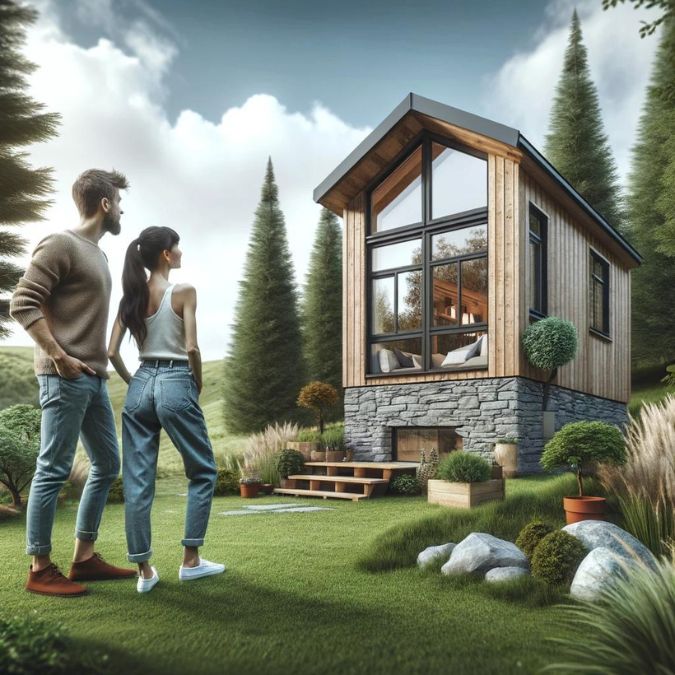Thinking about joining the tiny house movement? It’s easy to get swept up in the charm of a minimalist lifestyle—imagine lower utility bills, less clutter, and the freedom to easily relocate your entire home! But living in a pint-sized paradise isn’t all simplicity and cost savings. Before you downsize dramatically and commit to the tiny house lifestyle, let’s pull back the curtain on some of the not-so-obvious drawbacks you might face. Here are 15 surprising downsides of living in a tiny house that could give you pause—or at least prepare you for the cozy challenges ahead!
1. Limited Personal Space
Living in a tiny house means every square inch counts and personal space can become a rare commodity. With the reduced square footage, even the smallest tasks can feel cramped. If you live with someone else, the constant close quarters can strain even the strongest relationships, making it difficult to find a quiet corner for some alone time.
2. Storage Struggles
One of the most significant challenges in a tiny house is storage. While minimalist living helps reduce clutter, you’ll still need space for essentials. Creative solutions like multi-functional furniture can help, but you might find yourself having to choose between keeping a sentimental item and something more practical.
3. Entertaining Guests is a Challenge
If you love hosting dinner parties or having friends over, a tiny house may cramp your style—literally. The small space can accommodate only a few guests at a time, making larger gatherings impossible. You’ll often find yourself hoping for good weather so that the party can spill outdoors.
4. Zoning and Building Codes
Navigating the legal landscape can be one of the more unexpected headaches of tiny house living. Many areas have strict zoning laws that can restrict where a tiny house can be placed. Dealing with these regulations can lead to frustration and additional costs, undermining some financial benefits of going tiny.
5. Limited Accessibility
Tiny houses often feature lofts or compact staircases, which can be problematic for anyone with mobility issues. The design, while space-efficient, might not be practical as you age or if you have guests who struggle with stairs, making it less accessible for everyone.
6. Resale Value Concerns
Tiny houses are a niche market, and finding a buyer can be difficult when it comes time to sell. The resale value of tiny homes can be uncertain, and you might find that your investment doesn’t appreciate as much as a traditional home would.
7. Climate Challenges
Tiny homes can struggle with climate control. In cold weather, keeping warm without proper insulation can be challenging. At the same time, in hot climates, a small space can quickly become an oven. Also, humidity can build up quickly without adequate ventilation, leading to discomfort and maintenance issues like mold.
8. Utility Challenges
While many tiny houses are designed to hook up to existing utilities, others are set up for off-grid living, which comes with its own challenges. Managing water supply, waste, and power independently requires a significant amount of planning and effort, which might not be everyone’s cup of tea.
9. Space for Pets
If you have a pet, a tiny house may not be ideal, especially for larger animals. Pets need their own space to feel comfortable and happy, and a tiny house can limit their ability to move around, potentially leading to stress for both you and your furry friend.
10. Lack of Private Outdoor Space
Many tiny houses are built in rural or communal settings, which might not offer the kind of private, outdoor space you’re used to in a traditional home. This can be a drawback if you value privacy in your outdoor activities or if you’re used to having a large, private yard.
11. Financial Investment for Downsizing
Downsizing to a tiny house often requires new, specifically tailored furniture and storage solutions. The initial investment in downsizing can be significant when you consider the need for custom solutions to make the most of your space.
12. Noise Levels
Noise travels easily in a small space. Sound can feel amplified in a tiny house, whether it’s the hum of appliances, talking, or walking around. This can be particularly challenging if you work from home or need a quiet environment.
13. Insurance and Financing Hurdles
Securing financing and insurance for a tiny house can be more complicated than a traditional home. Many financial institutions are still warming up to the idea of tiny houses, and finding favorable terms can be a challenge.
14. Limited Cooking Space
If you enjoy cooking, the tiny kitchen in a tiny house may be a letdown. Limited counter space and smaller appliances can make cooking more cumbersome, especially if you’re preparing meals for multiple people or like to cook large meals.
15. Water Supply Issues
Managing water in a tiny house, especially if you’re off-grid, can be a constant concern. You’ll need to be acutely aware of your water usage to avoid running out, which can complicate daily tasks like cooking and cleaning.
Complexity of Downsizing
Living in a tiny house has its perks, but it’s not for everyone. Understanding these downsides will help ensure that if you do decide to take the plunge, you’re fully aware of not just the benefits but also the potential bumps along the way.
Read More
Hidden Cash in Your Closet: 11 Household Items That Are Surprisingly Valuable
How I Save Money on Household Items

